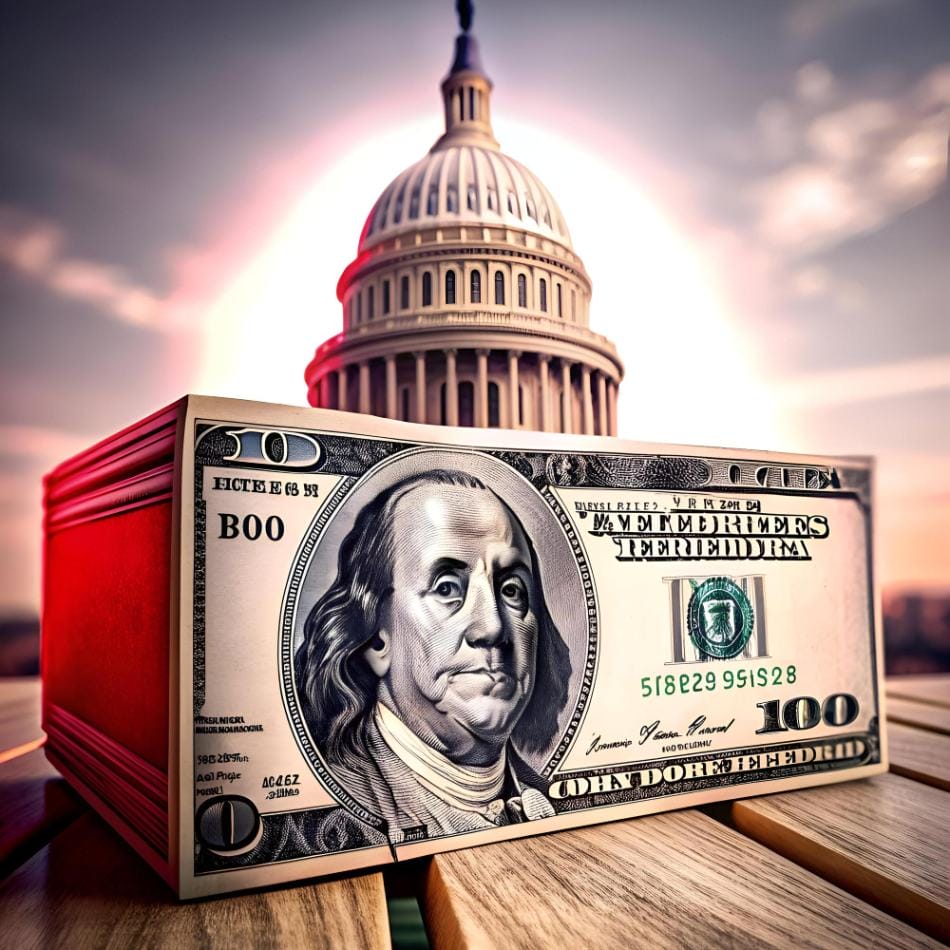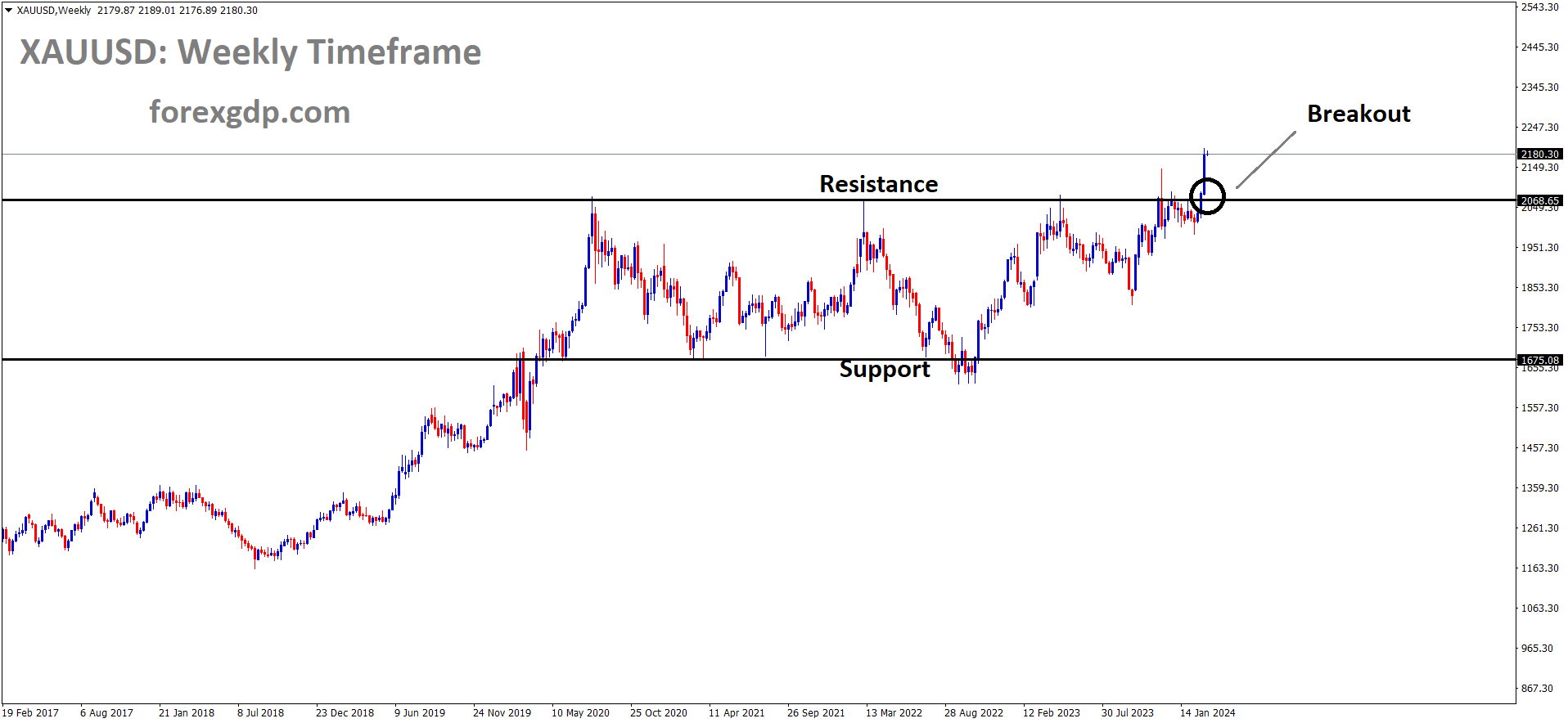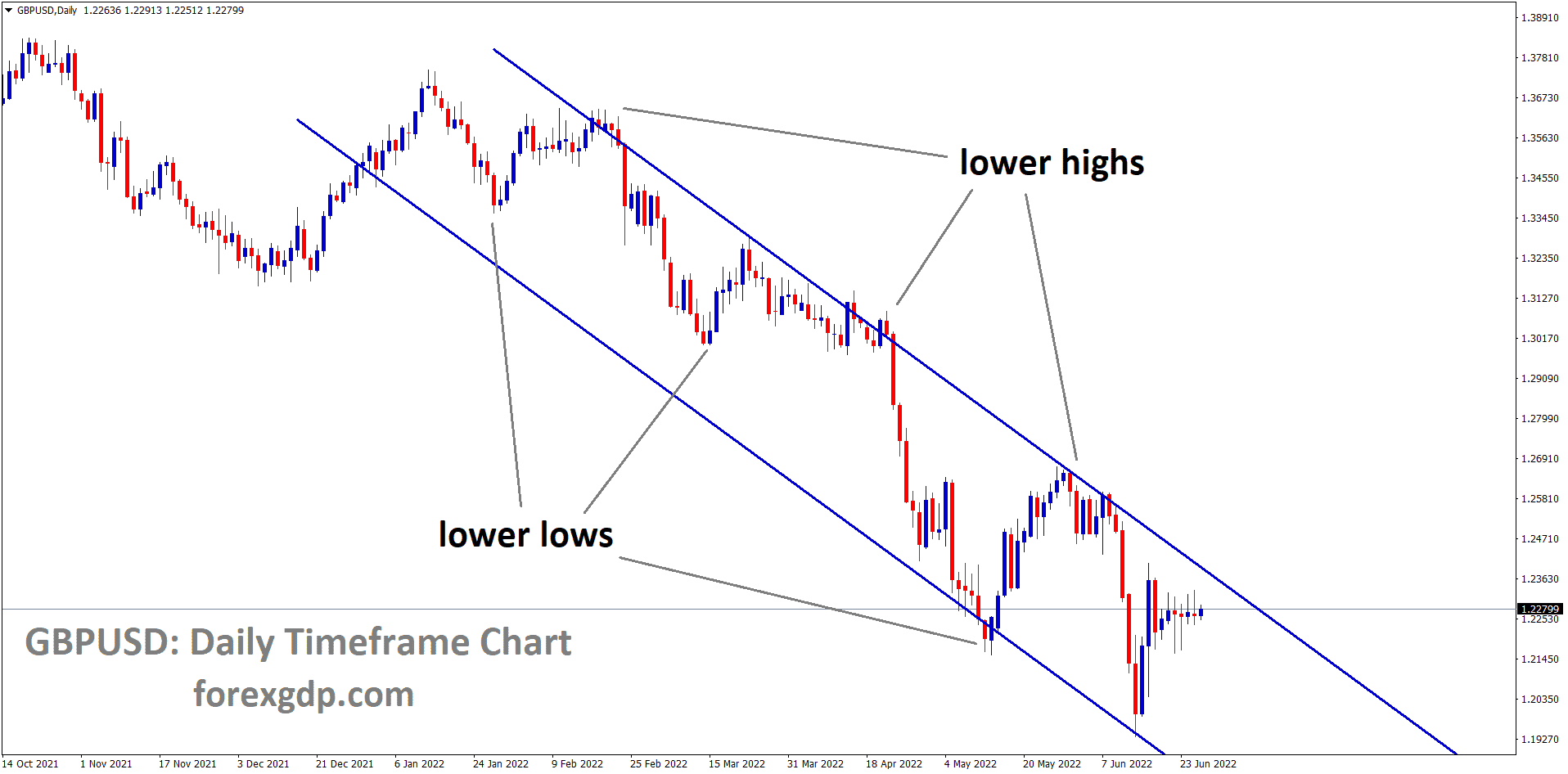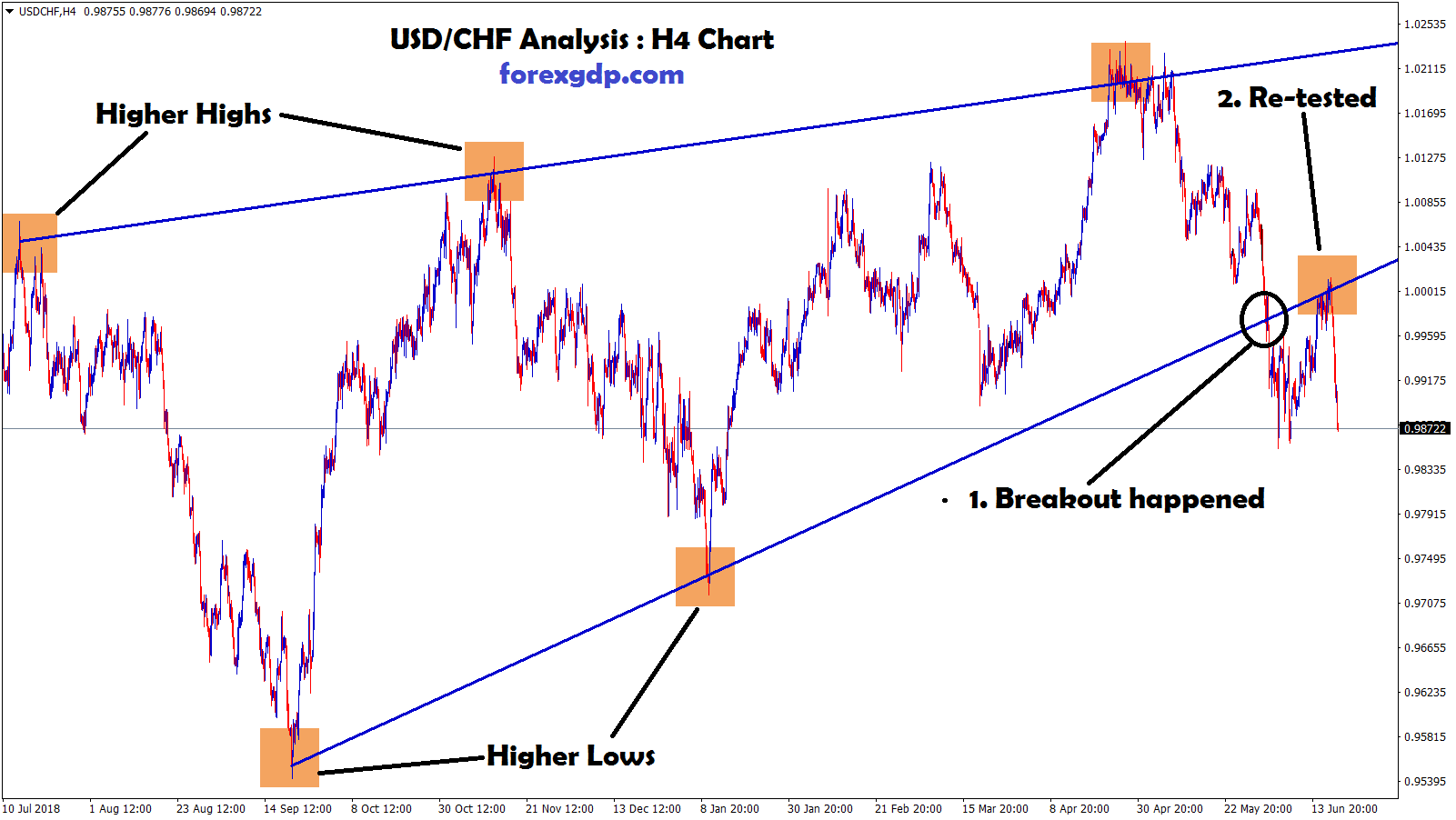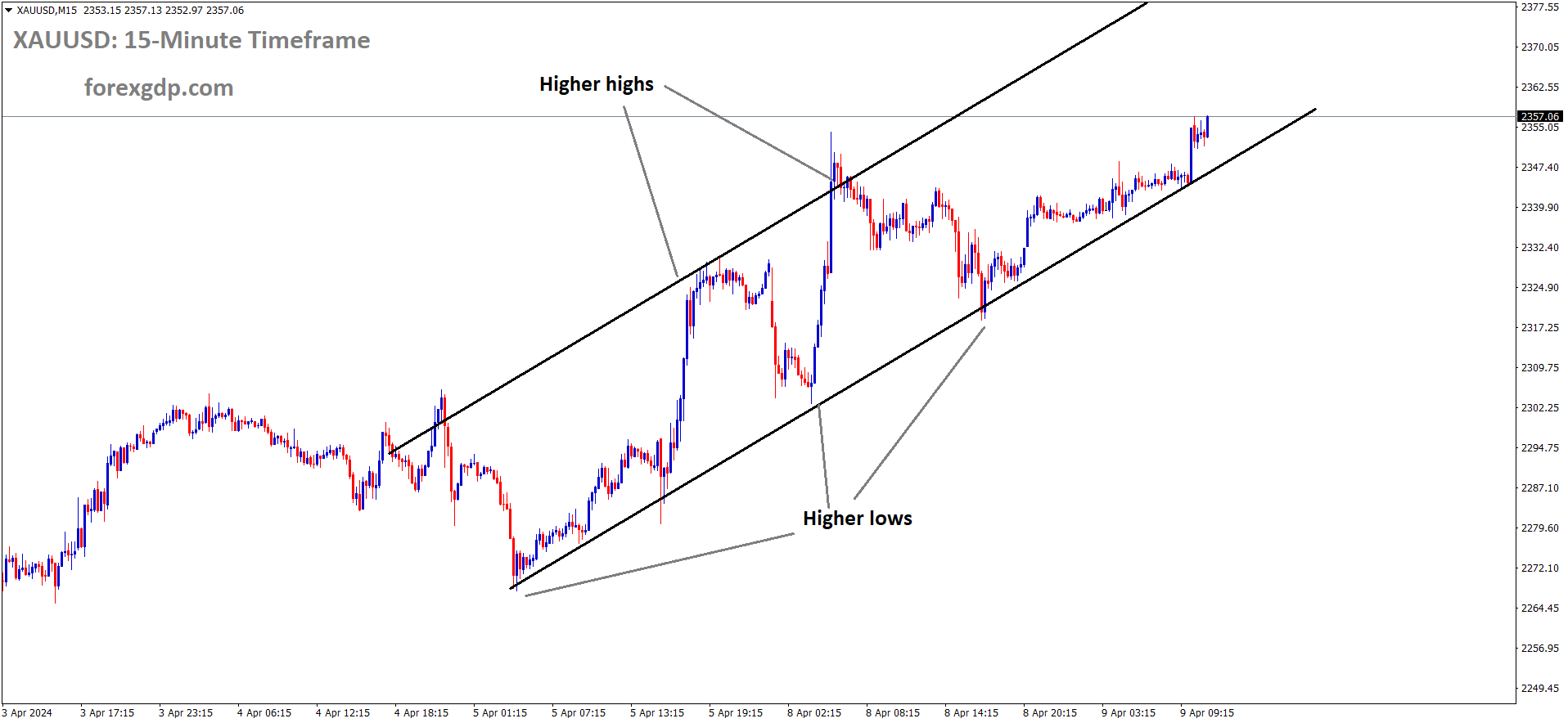The Federal Reserve’s Bold Move: Lowering Interest Rates to Ease Borrower Burden
The Federal Reserve has recently taken a significant step by cutting interest rates, the first reduction of its kind in more than four years. With a cut of 0.5 percentage points, the key lending rate now falls to a range between 4.75% and 5%. This move, hailed as necessary by Fed Chairman Jerome Powell, comes as a response to easing inflation and growing concerns in the job market. Let’s break down what this means for you and the broader economy.
Why Did the Federal Reserve Cut Interest Rates?
Interest rate cuts can signal several things about the state of the economy, but the recent move by the Fed has its own particular reasons. As Powell stated, the cut was meant to prevent high borrowing costs from dragging down the U.S. economy. It was larger than many analysts predicted just a week before, leading to discussions about what the Fed sees on the horizon.
Cooling Inflation, Easing Pressure
The inflation rate has steadily decreased, reaching 2.5% in August, inching closer to the Fed’s target of 2%. This is a significant improvement, considering how high prices soared in 2022. At the time, inflation rates were climbing at the fastest pace since the 1980s, leading to rising costs for everything from mortgages to car loans.
With inflation cooling down, the Fed appears to be shifting its focus. The initial rise in interest rates was intended to control inflation by slowing down spending. However, with inflation now more under control, the primary concern is the broader economy and, in particular, the labor market.
Labor Market Concerns on the Rise
While the labor market was strong throughout much of last year, there are signs of softening. Unemployment has climbed to 4.2%, up from 3.7% at the start of the year. Hiring has also slowed, and this has led to increased focus on how higher interest rates could affect job growth moving forward.
Jerome Powell pointed out that while the labor market was indeed “too hot” last year, a moderate slowdown could be healthy. However, he made it clear that the Fed is not currently expecting a serious downturn. This interest rate cut is, in part, aimed at preventing further economic slowing, ensuring that borrowing costs don’t choke off growth in the labor market.
The Global Perspective: Following the Lead of Other Central Banks
The Fed’s move isn’t happening in isolation. Central banks across the world, including those in Europe, the UK, and Canada, have also started lowering their interest rates. In many cases, these cuts are designed to counteract economic slowdowns or prepare for potential challenges on the horizon.
This pattern of global rate cuts has raised questions. Some analysts are asking what the Fed sees that might have prompted such a bold move. Isaac Stell, an investment manager at Wealth Club, noted, “Despite there being no significant economic woes on the radar, policy makers have decided to get ahead of the curve.” The uncertainty reflects a broad concern about what central banks are preparing for, particularly as major economies still grapple with the aftermath of recent global disruptions.
No Immediate Crisis, But Playing It Safe
Unlike previous significant cuts that occurred during moments of economic crisis, such as the onset of the coronavirus pandemic or the 2008 financial crisis, this move by the Fed doesn’t seem to be in response to an immediate threat. Instead, it looks like a proactive step to keep the economy stable in the face of uncertainty.
Economist Randall Kroszner from the University of Chicago’s Booth School of Business called the cut “significant.” He pointed out that the size of the cut isn’t what matters most, but rather the direction in which the Fed is heading. This cut is expected to lead to further reductions in borrowing costs over the coming months, possibly extending into next year.
What Does This Mean for You?
The interest rate cut will have a direct impact on borrowers, and for many, it will come as a welcome relief. Interest rates affect various types of loans, including mortgages, car loans, credit cards, and business loans. A reduction in rates means lower monthly payments and more breathing room for those who have debts to manage.
Impact on Business Owners and Borrowers
For business owners like Jennifer Heasley, owner of Sweet Mama’s Mambo Sauce, this cut couldn’t have come at a better time. Jennifer had expanded her business using credit cards, but rising interest rates had dramatically increased her monthly payments. As she puts it, “My interest rates have gone up, so my monthly payments have increased tremendously.”
The Fed’s decision will lower these rates and make borrowing more affordable. As a small business owner, Jennifer points out how challenging it can be to cover high-interest payments when using credit for business expenses. Lower rates mean fewer financial burdens on entrepreneurs, allowing them to invest in their growth without fear of excessive interest costs.
Relief for Homeowners and Personal Loan Holders
If you’re paying off a mortgage or have personal loans, this interest rate cut is likely to provide some relief as well. Lower interest rates can reduce monthly payments for home loans and make refinancing more attractive. For anyone carrying credit card debt, a reduction in rates could mean substantial savings over time, especially if you’ve been hit with high rates over the last year.
Of course, it’s important to keep in mind that the benefits of this interest rate cut won’t be immediate for everyone. It may take time for the effects to trickle down through the economy, and some lenders may be slower to adjust their rates. But the overall trend should be a positive one for borrowers.
The Bigger Picture: Where Are Rates Headed?
The Fed’s forecasts suggest that this rate cut is just the beginning. By the end of the year, the key lending rate is expected to drop further, possibly to about 4.4%. By the end of 2025, rates could fall even lower, to around 3.4%.
This long-term trajectory of declining interest rates is good news for borrowers, but it also speaks to the Fed’s broader outlook on the economy. While there are still uncertainties, the Fed seems confident that inflation will continue to fall, allowing for more accommodative monetary policy in the future.
Stock Market Reaction
When the Fed first announced its decision, stock markets surged briefly before pulling back slightly by the end of the day. This reflects the mixed feelings among investors about the state of the economy and the long-term effects of lower interest rates.
For investors, lower interest rates often translate into higher stock prices, as borrowing becomes cheaper and businesses are able to invest more in growth. However, some uncertainty still lingers, particularly about how the economy will perform in the coming months and whether any unexpected challenges could arise.
Final Summary
The Federal Reserve’s decision to lower interest rates by 0.5 percentage points is a proactive move aimed at ensuring that high borrowing costs don’t stifle economic growth. With inflation cooling and concerns about the labor market growing, the Fed is taking action to support continued economic stability.
While this move is a welcome relief for borrowers, it also signals a broader trend toward lower interest rates in the months ahead. For businesses and consumers alike, these lower rates could provide much-needed financial flexibility. As the economy navigates through this period of uncertainty, the Fed’s decision is expected to have a lasting impact on borrowing costs and the overall economic outlook.
Don’t trade all the time, trade forex only at the confirmed trade setups
Get more confirmed trade signals at premium or supreme – Click here to get more signals , 2200%, 800% growth in Real Live USD trading account of our users – click here to see , or If you want to get FREE Trial signals, You can Join FREE Signals Now!

